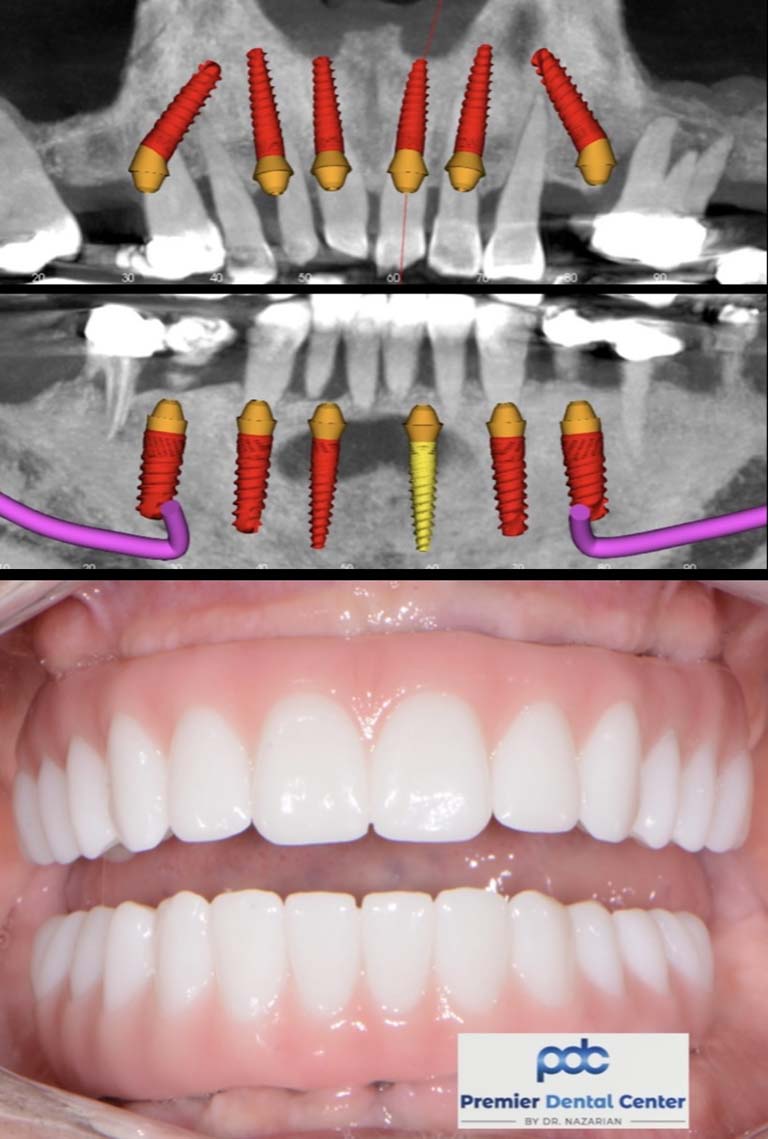What Does Dental Sense Mean?
Table of ContentsAbout Dental SenseDental Sense - The FactsAn Unbiased View of Dental SenseThe Best Guide To Dental Sense
are medical tools surgically dental implanted right into the jaw to restore an individual's ability to chew or their look. They offer assistance for fabricated (fake) teeth, such as crowns, bridges, or dentures. When a tooth is shed as a result of injury or illness, an individual can experience issues such as quick bone loss, defective speech, or adjustments to chewing patterns that result in pain.Oral dental implant systems are composed of an oral implant body and oral implant joint and might likewise include an abutment addiction screw. Root canal procedure. The dental implant body is operatively inserted in the jawbone instead of the tooth's root. The oral implant abutment is typically connected to the implant body by the joint fixation screw and expands via gums into the mouth to sustain the attached man-made teeth
(http://peterjackson.mee.nu/do_you_ever_have_a_dream#c2310)Structure of The Oral Implant System choosing dental implants, talk to your oral provider concerning the possible advantages and risks, and whether you are a candidate for the procedure. Points to take into consideration: Your total health and wellness is an important element in establishing whether you are a great prospect for oral implants, how much time it will certainly require to recover, and the length of time the implant may remain in location.
Smoking cigarettes might affect the healing process and decrease the lasting success of the dental implant. The recovery process for the dental implant body may take a number of months or longer, throughout which time you generally have a momentary joint instead of the tooth. the oral implant procedure: Very carefully comply with the oral health instructions provided to you by your dental provider.
Some Known Details About Dental Sense
Implant failing can cause the demand for an additional procedure to take care of or replace the dental implant system. Recovers the capacity to eat Restores aesthetic look Aids keep the jawbone from diminishing due to bone loss Maintains the health and wellness of the surrounding bone and gums Assists keep nearby (neighboring) teeth stable Boosts lifestyle Damages to surrounding all-natural teeth throughout dental implant placement Injury to the surrounding tissues throughout surgical procedure, such as sinus perforation Injury during surgical treatment (as an example, crack of surrounding jawbone) Insufficient feature, such as seeming like the teeth do not bite together normally A sensation that the tooth hangs or turning in position resulting from a joint screw loosening up Implant body failing (looseness of the dental implant body) as a result of systemic infection, which might be more probable in clients with unchecked diabetics issues as a result of local infection in bone and periodontals sustaining the dental implant body because of postponed recovery, which may imp source be more probable in patients that smoke Problem cleaning up the gums around the dental implant, leading to poor oral hygiene Untreated periodontal disease Post-surgical numbness due to nerve impingement or damage Always alert healthcare carriers and imaging professionals that you have oral implants before any kind of magnetic resonance imaging (MRI) or x-ray procedures.
FDA is not conscious of any adverse events reported for MRI or x-ray procedures with dental implants. Oral implants systems are usually made from products that follow worldwide agreement criteria of the International Organization for Standardization (ISO) or ASTM International. These standards have details of what makes a risk-free product.

A dental implant is a framework that changes a missing tooth. With screw-like gadgets, the surgeon inserts an implant into the jawbone, and it acts as an anchor for a man-made tooth, called a crown.
9 Easy Facts About Dental Sense Explained
Some individuals are not qualified for oral implant surgical procedure. It is for dental specialists to run on individuals with: intense illnessuncontrollable metabolic diseasebone or soft cells disease or infectionIf these problems are fixed, an individual can have the surgical treatment. In, dental cosmetic surgeons refrain from running on people with: If individuals with any one of the above undertake oral implant surgical procedure, there is a higher threat of the dental implant failing.

Oral implant surgical procedure is an individualized procedure. It's not the exact same for every person. Yet the adhering to provides a basic introduction of what you can anticipate your dental professional, oral doctor, periodontist or prosthodontist to do: Put the implant operatively. Give you time to heal. Attach the blog post and final crown, bridge or denture.
Next, your surgeon will carefully position the dental implant right into your jaw. Your specialist will rearrange your gums and shut the laceration with stitches. If your implant is near the front of your mouth, your dental expert will make a short-term tooth for you to wear till you heal. That way, you will not have a void in your smile while you recoup.
Little Known Questions About Dental Sense.
Throughout the healing phase, your jawbone must fuse to the dental implant. This process can take anywhere from 3 to 9 months.
Once your implant heals, your dental expert can attach the joint (tiny connector blog post) and your final reconstruction (crown, bridge or denture). This usually takes concerning one hour to finish and might call for a second small surgical procedure. You shouldn't really feel any type of discomfort during your oral implant treatment due to the fact that your company will make use of medicine to numb your gums.